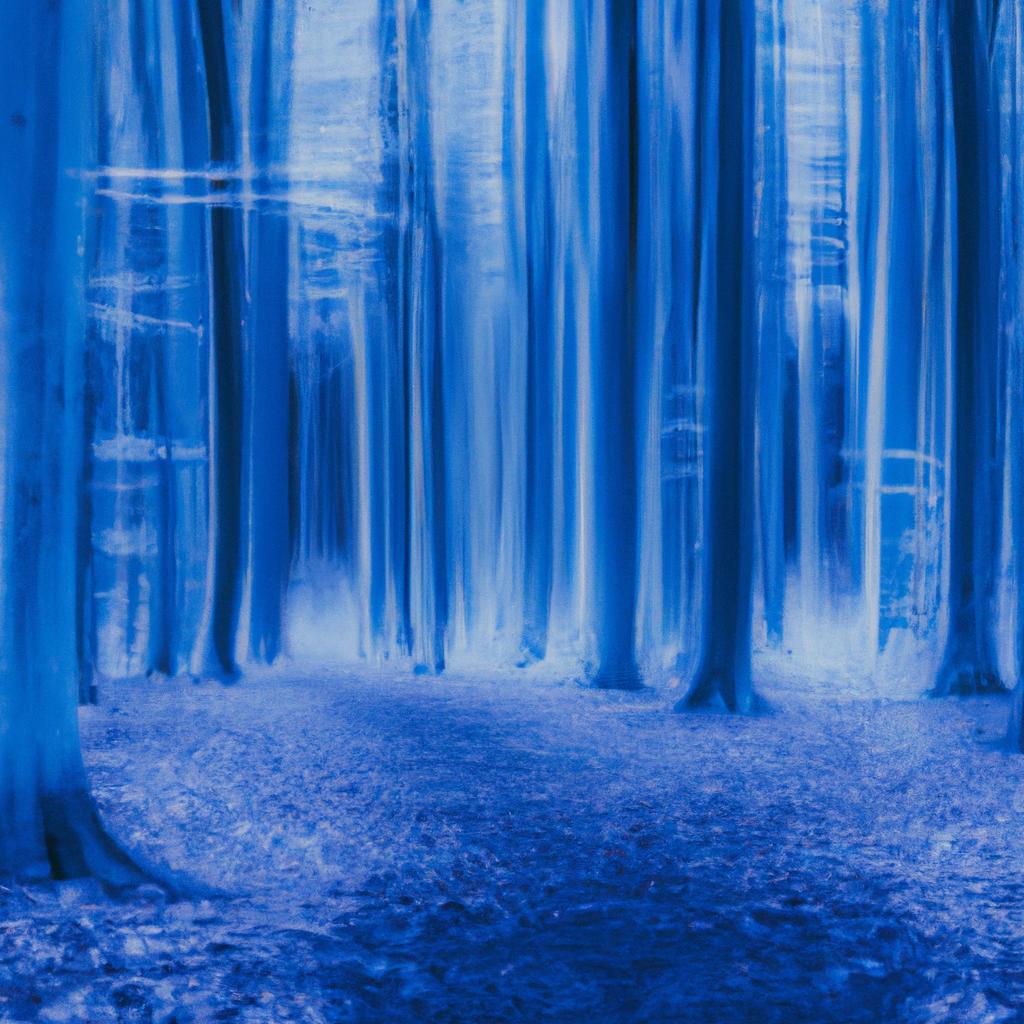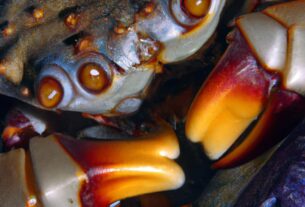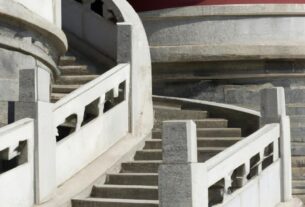Belgium’s Blue Forest, also known as Hallerbos in Dutch, is a breathtaking natural wonder located in the south of Brussels. This stunning forest captivates visitors from all over the world with its vibrant blue carpet blooming on the forest floor during spring. But what makes this phenomenon so unique? In this article, we will dive into the fascinating world of Belgium’s Blue Forest.
What is Belgium’s Blue Forest?
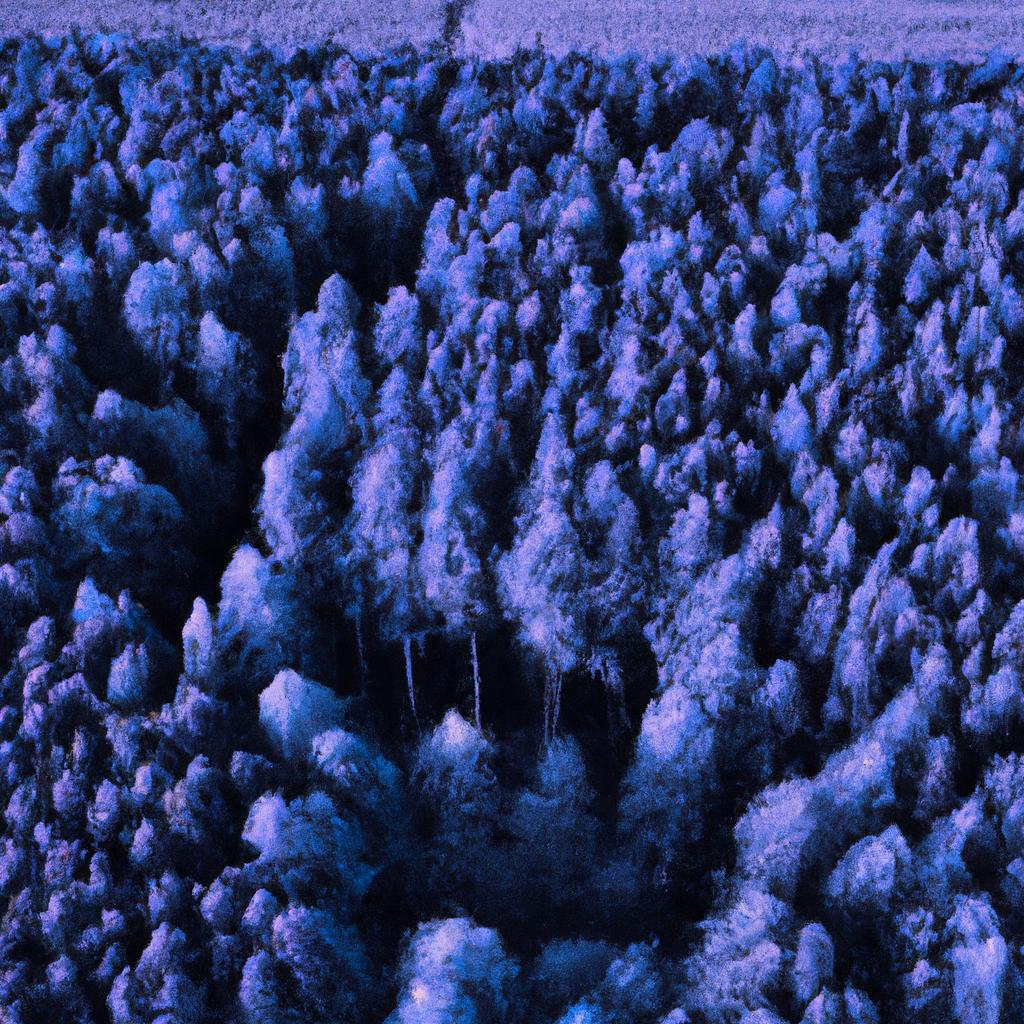
Image: A bird’s eye view of Belgium’s blue forest
Belgium’s Blue Forest, spanning 552 hectares, is situated in Halle, just south of Brussels. The dominant beech trees create a dense canopy, filtering the sunlight that reaches the forest floor. In spring, the forest comes alive with a mesmerizing layer of bluebells. These beautiful flowers, scientifically known as Hyacinthoides non-scripta, bloom from mid-April to early May.
The bluebells grow in dense clusters, forming a striking contrast against the green foliage of the beech trees. Their blue hue is attributed to a pigment called anthocyanin, which absorbs blue and violet light and reflects it back. As a result, an enchanting carpet of blue stretches as far as the eye can see, providing visitors with a truly magical experience.
Why is it called the Blue Forest?
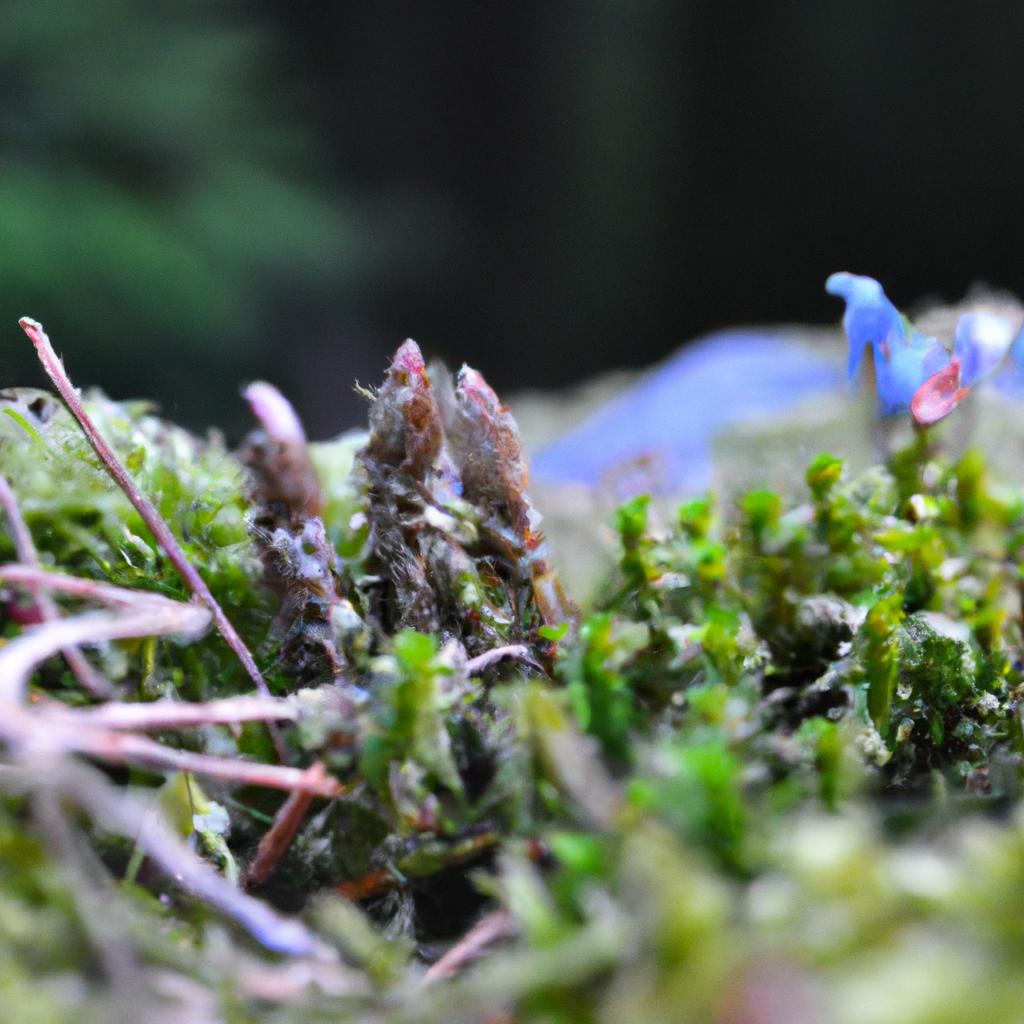
Image: The stunning flora of Belgium’s blue forest
The name “Blue Forest” originates from the enchanting blue hue that blankets the forest floor during spring. The presence of anthocyanin, the same pigment responsible for blue and violet hues in many flowers, gives the bluebells their captivating color. When these flowers bloom, the forest floor is transformed into a captivating landscape, creating an extraordinary sight for all who visit. The abundance of these flowers fills the air with a gentle, sweet scent, enhancing the magical experience.
What causes the blue hue?
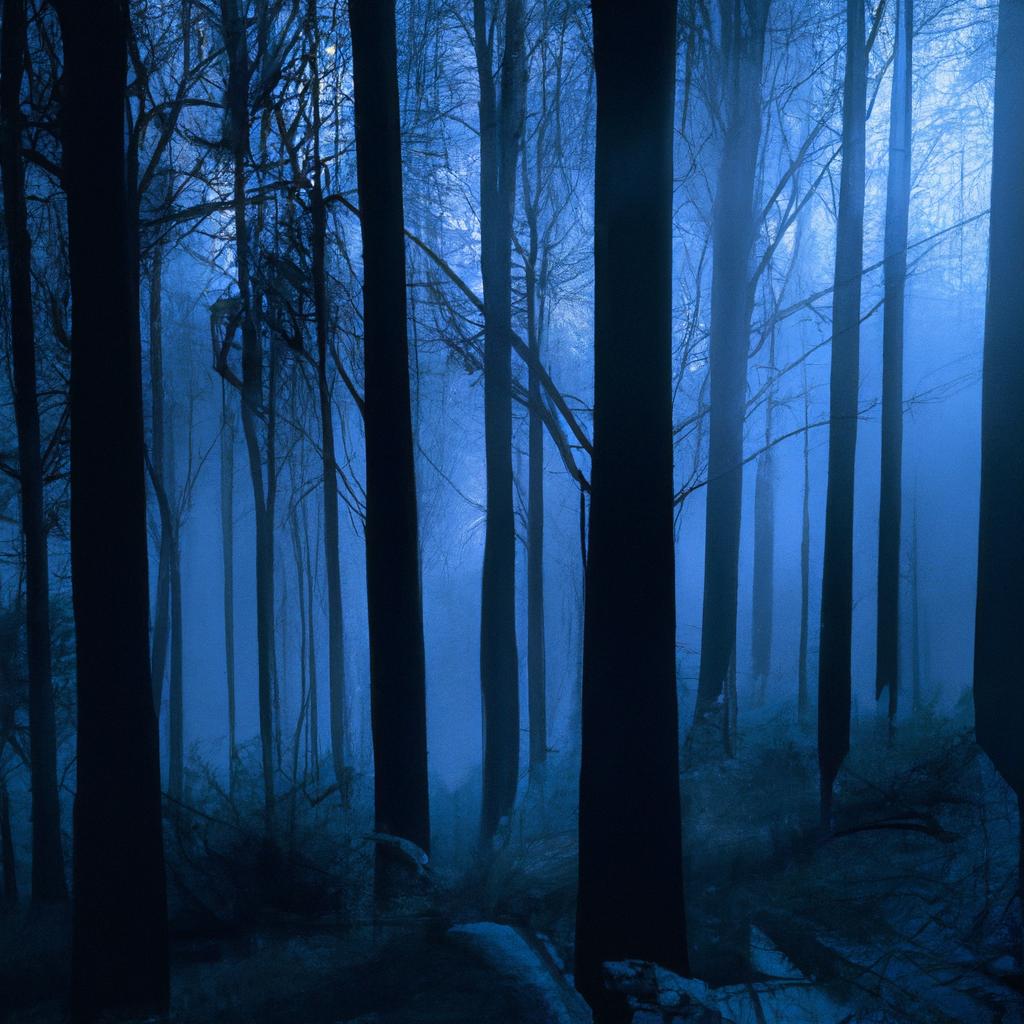
Image: Belgium’s blue forest at dusk
As mentioned previously, the presence of anthocyanin creates the blue hue on the forest floor. This pigment is produced by the bluebells in response to sunlight. Consequently, the flowers bloom for a limited period during spring. The sunlight triggers a chemical reaction within the plant that leads to the production of anthocyanin, resulting in the distinct blue coloration.
Scientists have also discovered that the color of the forest floor may serve a crucial role in attracting pollinators, such as bees and butterflies. The blue color of the flowers acts as a visual cue, aiding pollinators in locating the flowers more easily. Moreover, the flowers produce a sweet nectar that attracts insects, facilitating the spread of pollen from flower to flower. This crucial pollination process enables the bluebells to reproduce and thrive.
Ecological significance of Belgium’s Blue Forest
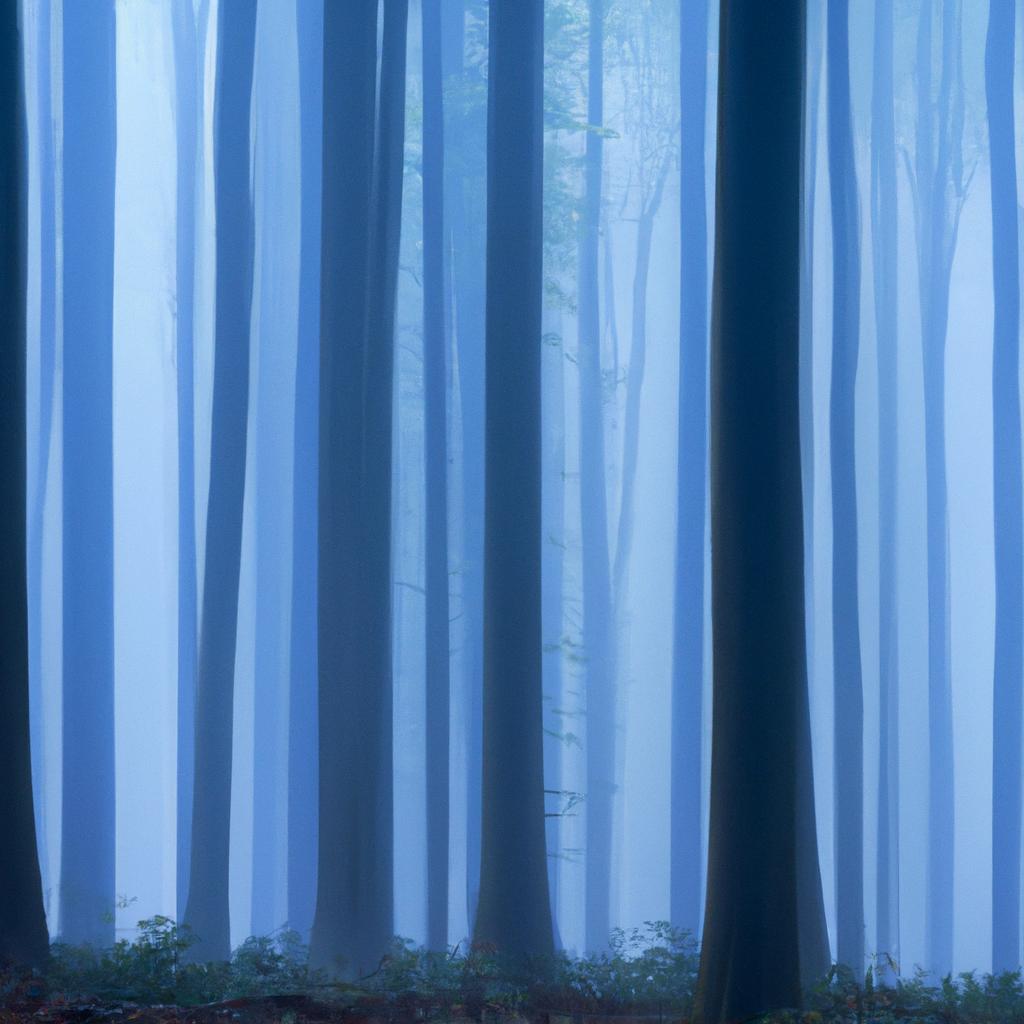
Image: Mysterious fog in the blue forest
Belgium’s Blue Forest is not just a visually striking wonder; it also plays a vital role in the environment. The forest provides a habitat for a diverse array of flora and fauna, including many endangered species. Various bird species, such as the great spotted woodpecker and the tawny owl, call the forest their home. Additionally, several species of bats and rodents find shelter within its bounds.
The bluebells themselves play an essential role in the ecosystem, serving as a food source for insects and small animals. In return, these insects and animals assist in pollination, ensuring the continued growth and survival of the bluebells.
Furthermore, the forest possesses ecological significance by contributing to the balance of the local ecosystem. The trees absorb carbon dioxide and release oxygen, mitigating the impact of climate change. The forest also acts as a natural water filter, preventing soil erosion and maintaining the quality of the groundwater in the region.
In conclusion, Belgium’s Blue Forest is a natural wonder that not only captivates with its beauty but also plays a vital role in maintaining the balance of the local ecosystem. Its habitat supports a diverse range of flora and fauna, including endangered species. By protecting and preserving this unique and valuable treasure, we ensure the continued enjoyment and inspiration of future generations.
Threats to Belgium’s Blue Forest
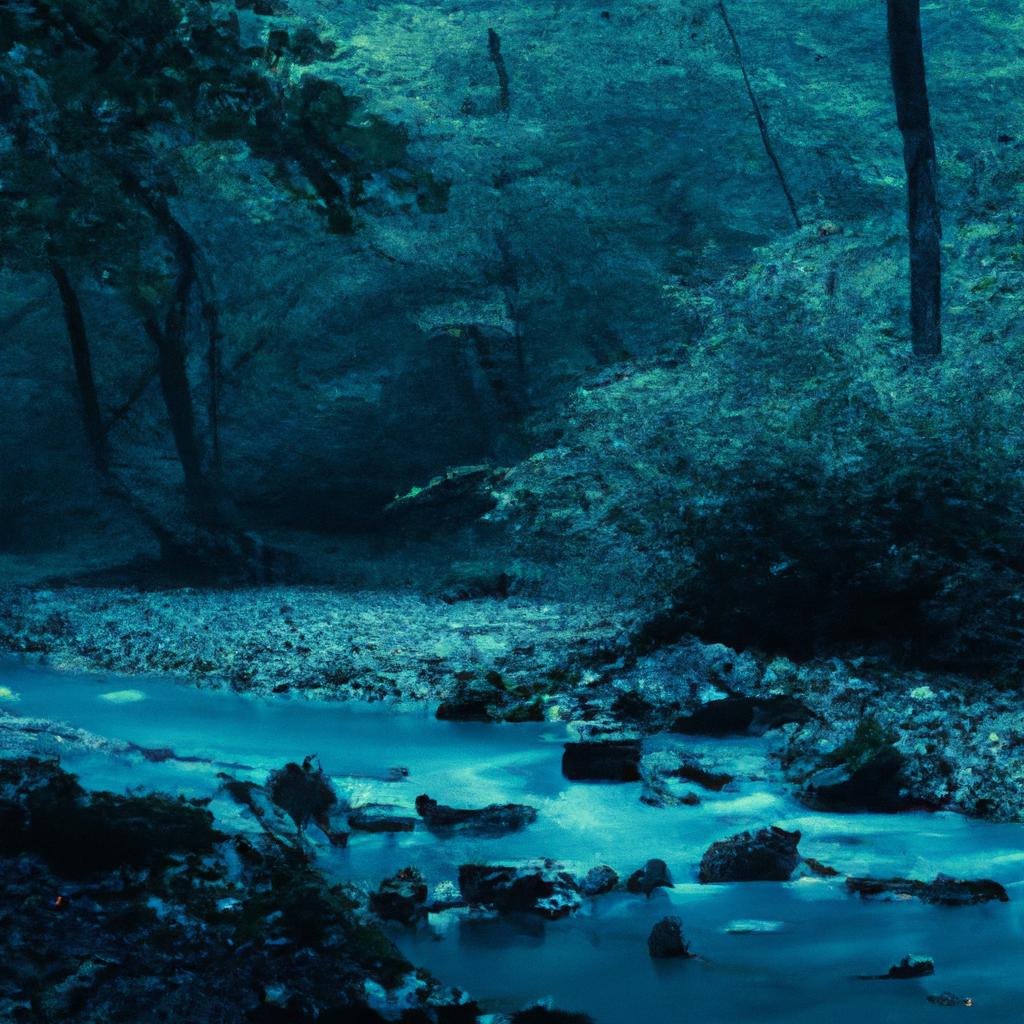
Image: The tranquil beauty of Belgium’s blue forest
Despite its natural splendor, Belgium’s Blue Forest faces threats from human activities. Deforestation poses one of the most significant dangers, leading to habitat destruction and loss of biodiversity. Additionally, the increasing number of visitors during the bluebell season can cause damage to the delicate ecosystem, including trampling of the flowers and soil erosion.
To safeguard the forest, the Belgian government has implemented measures to limit the impact of human activities. These measures include restricted access to certain areas of the forest during the bluebell season, stringent guidelines for visitors, and continuous monitoring for signs of damage. Furthermore, a network of volunteers helps maintain the forest and ensure adherence to the rules.
Conclusion
Belgium’s Blue Forest is a natural wonder that has captured the hearts of people worldwide. Its unique beauty and ecological significance make it a valuable asset to the global environment. However, it is crucial to protect this forest from the threats posed by human activity.
At TooLacks, we believe in preserving and protecting our natural environment. We invite everyone to visit Belgium’s Blue Forest and experience its unique beauty firsthand while remaining mindful of the impact our actions can have on this delicate ecosystem. Together, we can ensure that this natural wonder continues to inspire and delight visitors for generations to come.
